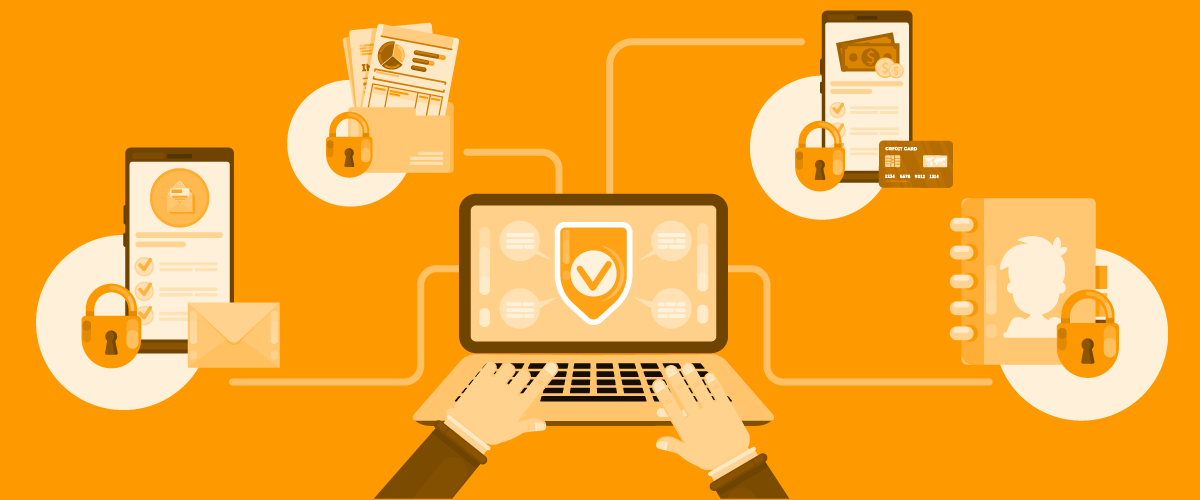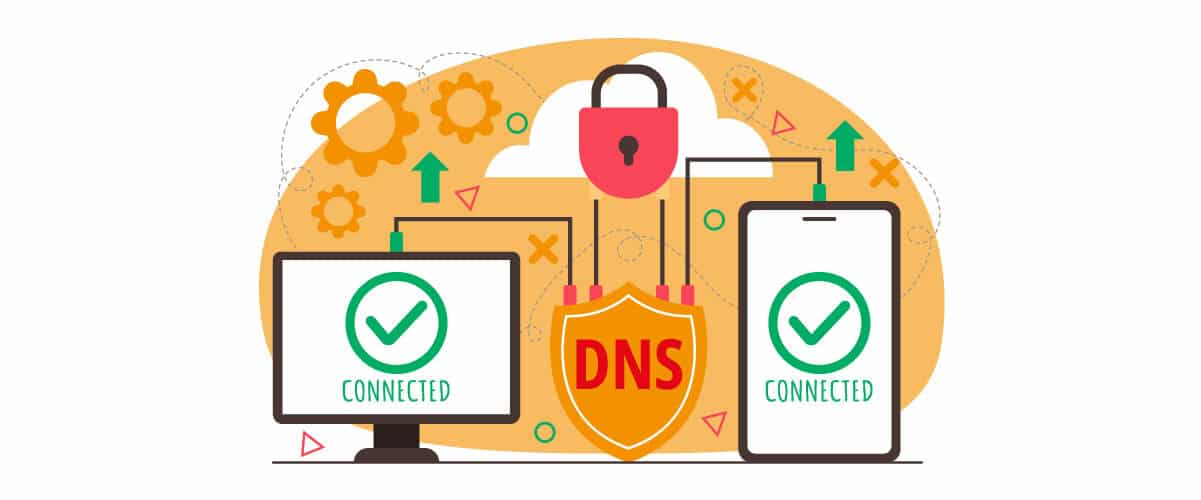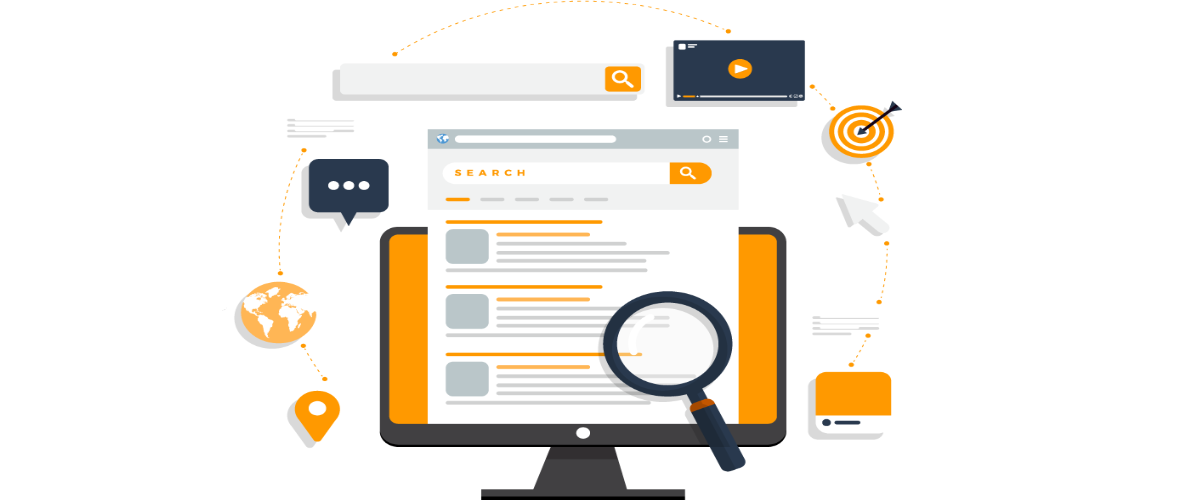
Network attacks: why network attacks are on the rise and how to stop them
Network attacks can jeopardize the entire ability of a company or organization to function. Increasingly, in fact, companies have internal networks that make work possible and networks to the outside world that are essential for communication with customers and suppliers. FlashStart blocks network attacks and ensures the continuity of your business.
1. Why are network attacks on the rise?
Let’s start with a basic assumption: you need data and information to make decisions. This is true at all levels:
» In our personal lives when we have to make a major purchase or investment we compare options and seek additional information in the hope of making the best choice;
» in the civil service, governments collect huge amounts of data of all kinds-economic, about health, about uses and consumption, etc.-to choose how to direct a country’s policies;
» Uupranational level are then the international organizations that act as a collector of information, to understand trends and form expectations regarding the future;
» Finally, there are companies: small or large, local or multinational, family-owned or management-minded. However, they all have one thing in common: they need data and information to choose how to allocate their resources so as to secure their future.
The importance of data and information in our daily lives have made them a lucrative target for cyber attacks and, in particular, for so-called network attacks.
>> FlashStart protects you from a wide array of threats and blocks access to malicious sites. Request a quotation or try it now
2. What is meant by “network attacks”
Network attacks manifest themselves as an attempt to gain unauthorized access to the Internet network of an organization, company, government, or any home network with the goal of stealing and stealing data or carrying out other activities considered malicious.
Network attacks can be passive or active:
» An attack is passive occurs when cybercriminals manage to intrude within a network but remain in the shadows: in this case, the effect of the attack is not visible because the attacker merely reads and records information, without making changes to it or taking actions that make the presence of an external actor within the network clear.
» An attack is active, occurs when cybercriminals, once they have broken into the target network of the attack, proceed to modify the data; the modification can take on various aspects, from deleting the data in its entirety post-copying in order to demand ransom, to compromising the data in order to vitiate the choices of the target company or organization, to tampering with it for other purposes.
From pure ransom demands to directing the victim’s decisions in a more or less specific direction, the ultimate goal of these types of attacks is usually economic and is accomplished by a loss of resources, often very large, on the part of the victims.
>> FlashStart protects you from a wide range of threats and blocks access to malicious sites → Request a quotation or try it now

2.1 Network attacks and other types of attacks
Network attacks are not the only types of attacks by which cybercriminals reap their victims. Other types of attacks include:
» Malware-type attacks: these are the most widespread attacks and aim to infect technological resources with malware (viruses, Trojans, etc.) in order to compromise systems, steal data and, more generally, create harm for the victim.
» Endpoint attacks: these attacks aim to gain unauthorized access to users’ end devices, enterprise servers, and other entry points to infect them with malicious content and then, from there, spread to the organization more broadly.
You can enable FlashStart at the end-device level and ensure network protection for all your devices, wherever they are.
» Attacks that exploit system vulnerabilities: there are many computer systems within organizations today, and not all of them provide the same level of cybersecurity or are designed with the same level of attention to potential external attacks. Cybercriminals, well aware of this situation, invest quite a lot of time in studying the systems deployed in the company, both the most common and well-known ones and those developed ad hoc. In this way they can highlight any critical issues and exploit them for the purpose of an attack.
The practice is so widespread that the figure of the ethical hacker has also developed, a hacker who is paid by companies and organizations to try to unauthorizedly sneak into their corporate networks and expose any system vulnerabilities.
» Network attacks exploit a combination of these types of attacks: once the system of a company or organization has been penetrated, cybercriminals decide how they will act and can compromise end devices while distributing viruses and searching for system vulnerabilities.
It is therefore essential to ensure the security of the corporate network, and FlashStart offers a comprehensive and flexible solution to achieve this goal.
>> FlashStart’s artificial intelligence guarantees continuously updated protection for your browsing → Request a quotation or try it now
3. With FlashStart, you won’t be the next victim of network attacks
Cybercriminals have various ways at their disposal to launch network attacks (network attacks). One of the most common ways is through a targeted phishing attempt. Hackers use a lot of energy to achieve the desired result. From an analysis of the employees of a given company, they can figure out which of them might be a weak link due to a passion or curiosity about a certain topic, prepare an informational email or build a site that appears legitimate and entices the potential victim to click on a link to get more information. The click, however, triggers the attack.
FlashStart’s content filtering blocks access to malicious sites and prevents the downloading of dangerous content, viruses and malware. FlashStart works at the DNS – Domain Name System level. Whenever the user clicks on a site to access it, the FlashStart content filter performs a check to see whether the desired address is safe or not.
Latency in checks is minimal: FlashStart guarantees an average uptime of 99.62%, which ranks it among the fastest DNSs in the world according to dnsperf.com. In this way, users do not even notice that the checks are happening unless a danger is detected. In fact, when FlashStart discovers that a malicious site is to be accessed, it blocks the connection and displays an alert message to the user.

4. FlashStart blocks network attacks…and more
FlashStart content filtering is not limited to blocking network attacks. While access to malicious sites is stopped automatically, the network administrator can in fact decide to block other types of sites as well, and in particular:
» Sites with content that is offensive or deemed unsuitable for the organization’s audience: this is usually pornographic content, violent content, content that incites drug use or gambling. Blocking access from an organization’s Internet network to these types of sites is convenient not only as a matter of corporate image but also because it can be easy to find corrupt links on these sites, clicking on which initiates the downloading of viruses or Trojans.
» Sites with distracting content: these sites include social networks, audio and video streaming platforms, online shopping sites, and sites related to newspapers of various types. Blocking access to these sites is a first step to avoid inefficiency in the workplace.
FlashStart, moreover, allows you to schedule blocks and decide whether, during certain time slots such as lunchtime, access to these sites and platforms can be granted.
Finally, to make the tool even more flexible and “adjustable” according to business needs, FlashStart is easily integrated with Microsoft Active Directory: thus the network administrator can replicate the corporate structure at the level of permission management in network access quickly and easily.
5. FlashStart prevents network attacks directly from the cloud
FlashStart is cloud-based. Using cutting-edge artificial intelligence algorithms, FlashStart constantly scans the Internet for new threats, which it then uses machine learning mechanisms to break down within the correct categories.
FlashStart’s cloud has 200 categories of blacklists that are always up-to-date: as soon as a new threat is highlighted and added to the cloud, the end user can have up-to-date protection without the need to download any kind of update or go through lengthy system reboots.
You can activate the FlashStart® Cloud protection on any sort of Router and Firewall to secure desktop and mobile devices and IoT devices on local networks.







